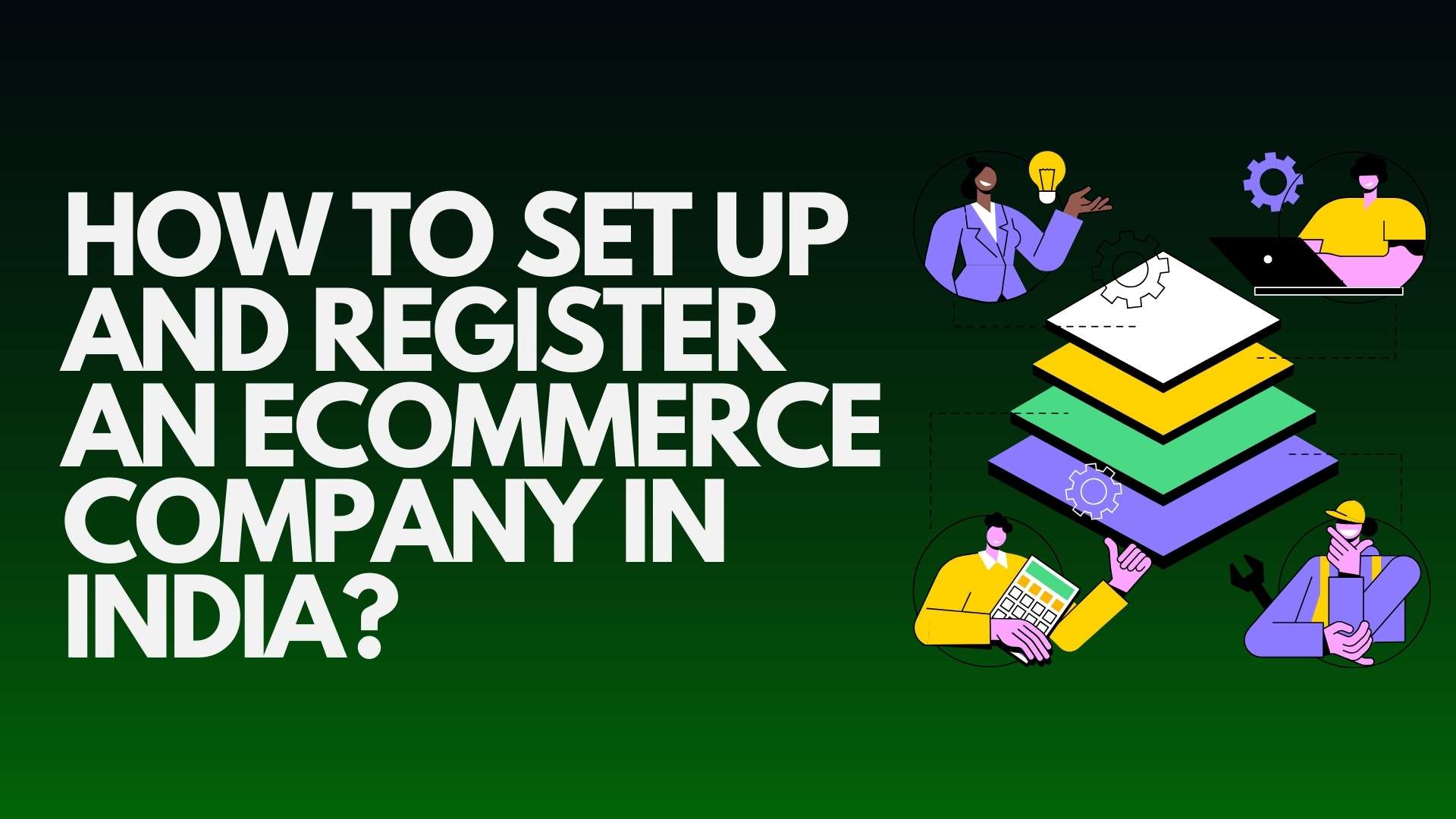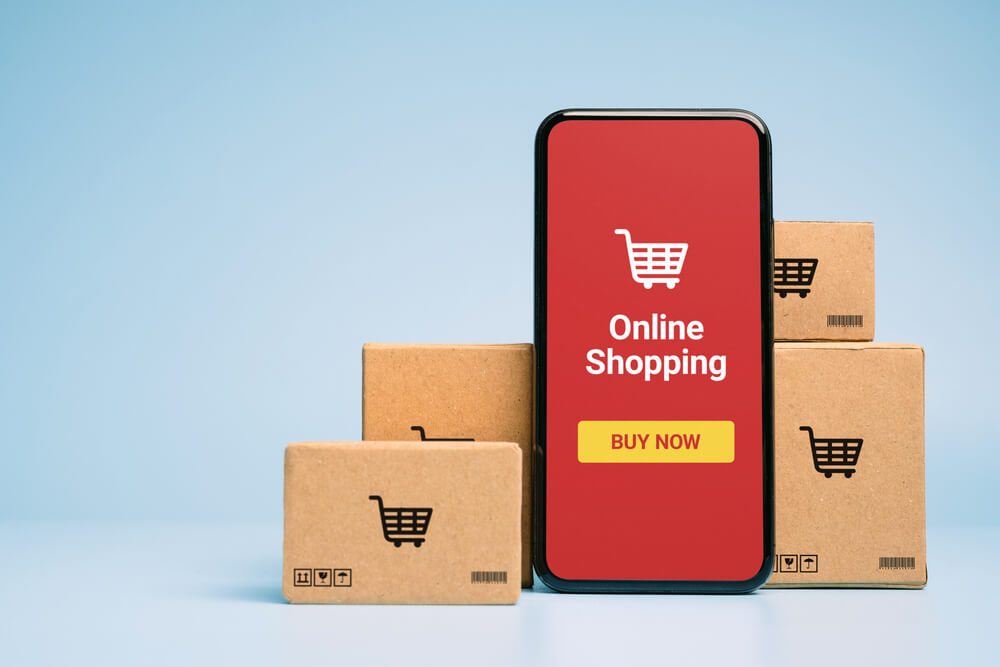How to Set Up and Register an Ecommerce Company in India?

India’s e-commerce landscape has exploded thanks to widespread internet access, reshaping business models and influencing global markets. Online shopping and services have surged in popularity, offering consumers more choices and lower prices. This digital revolution, fueled by internet and mobile technology, has enabled rapid transactions. This article will guide entrepreneurs through the process of establishing and registering an e-commerce business in India, offering a step-by-step roadmap.
Experience a smooth e-commerce launch with Emerge Digital. Our expert team provides comprehensive support to establish your online business efficiently, including Website Design , e-commerce UI/UX design, B2B website design and redesign. Let’s create a digital storefront that drives sales and customer loyalty.
Table of Content
- What is an E-commerce Company?
- Benefits of Starting E-commerce Company in India
- Business Types for E-commerce Company
- Procedure to Start an E-commerce Company
- Becoming a Seller on Established E-commerce Platforms
- Conclusion
What is an E-commerce Company?
An e-commerce company is a business that conducts its transactions primarily through the internet. Instead of physical stores, these companies operate virtual storefronts where customers can browse, select, and purchase products or services.
Online storefront: They maintain a website or mobile app where customers can shop and explore products or services.
Make it easy for customers to reach you. Include your email address, and if possible, a phone number and physical address on a dedicated “Contact Us” page and in your website footer. This simple step shows potential customers they’re buying from a legitimate business.
- Product or service catalog: They offer a wide range of products or services for sale.
- Secure payment processing: They provide secure payment options for customers to complete transactions.
- Order fulfillment and shipping: They efficiently process orders and deliver products to customers.
- Customer support: They offer excellent customer service through various channels.
Benefits of Starting E-commerce Company in India
- Global Reach: They can reach customers worldwide without the geographical limitations of physical stores.
- Convenience: Customers can shop from anywhere and at any time, providing greater flexibility.
- Lower Overheads: E-commerce businesses often have lower operational costs compared to brick-and-mortar stores, as they don’t need physical retail space.
- Scalability: They can scale operations quickly by expanding product lines or reaching new markets with relatively low additional costs.
Business Types for E-commerce Company
Launching an e-commerce venture requires careful planning. Your initial step involves deciding the best approach for your business: building your own online store or selling on established platforms. While creating a unique website offers full control, many entrepreneurs find it advantageous to start selling on popular marketplaces to quickly reach a wider audience.

Procedure to Start an E-commerce Company
To launch a successful E-commerce website or ecommerce company in India, follow these essential steps:
Step 1: Decide Your Business Model
The first step in building your e-commerce empire is defining your customer base. Consider who you’re aiming to sell to – other businesses or individual consumers?
There are primarily four models:
- Business-to-Business (B2B): Selling products or services to other businesses.
- Business-to-Consumer (B2C): Selling directly to end customers.
- Business-to-Business-to-Consumer (B2B2C): Selling to businesses who then sell to consumers.
Traditional B2B: The classic offline sales model between businesses.
Step 2: Domain Name Registration
Your domain name is your online identity. Choosing the right one is crucial for your e-commerce business. It should be memorable, relevant to your brand, and easy to spell.
In India, you can register your domain name through accredited domain registrars. These platforms allow you to check domain availability and complete the registration process. Make sure your chosen domain reflects your business and helps customers find you easily.
Step 3: Design E-commerce Company Website
Designing your E-commerce website is critical in establishing a successful online business. It involves creating a visually appealing and user-friendly platform that effectively showcases your products and encourages transactions. Here’s how to approach this step:
Define Your Website’s Purpose and Audience:
- Identify Objectives: Clearly outline your website’s goals, such as increasing sales, building brand awareness, or engaging with customers.
- Understand Your Target Audience: Tailor your website’s design and content to meet the needs and preferences of your target demographic.
Choosing the Right Business Entity for E-commerce Startups
When starting an e-commerce business in India, the choice of legal structure is crucial for long-term growth. While LLPs and OPCs offer certain benefits, they often fall short of the needs of a dynamic e-commerce venture. LLPs limit the ability to raise investment capital, which is essential for expansion. OPCs, on the other hand, restrict ownership to a single individual, hindering scalability and partnership opportunities.
For e-commerce startups seeking to attract investors, scale rapidly, and accommodate multiple stakeholders, a Private Limited Company is generally the preferred choice. This structure provides the flexibility, legal protection, and investment potential necessary to build a thriving e-commerce business.
Step 6: Open a Bank Account
Once you’ve established your e-commerce business legally, the next step is to open a bank account under your company’s name. This process is relatively straightforward if your business is a Private Limited Company. To open a business bank account, visit your chosen bank with essential documents like your company’s PAN card, Memorandum of Association, Articles of Association, and Certificate of Incorporation.
Step 7: Tax Registration – Obtain GST Registration
Once your business has a PAN card and a bank account, the next crucial step is obtaining a GST (Goods and Services Tax) registration. This is mandatory for businesses selling products or services on major e-commerce platforms like Flipkart, Amazon, and Paytm. To successfully register for GST and start selling online, you’ll need to provide specific documents.
- PAN Card copy: Your business’s Permanent Account Number document.
- Certificate of Incorporation: Official documentation proving the legal formation of your company.
- Canceled Cheque: A voided cheque from your company’s bank account to verify banking details.
- GST Registration Number: The unique number obtained post-GST registration is essential for tax compliance and transactions on E-commerce platforms.
Step 8: Setting Up a Payment Gateway for Your E-commerce Business
E-commerce Business
A payment gateway is the digital bridge between your online store and your customers’ bank accounts. It securely processes credit card and other electronic payments, ensuring funds are transferred smoothly. While popular marketplaces often provide built-in payment solutions, independent e-commerce businesses typically require their own gateway to manage transactions effectively.
To integrate a payment gateway into your E-commerce website, ensure you have the following ready:
- Website Terms of Use: Clearly stated terms governing the use of your website.
- Website Privacy Policy: A document outlining how your website collects, uses, and protects user data.
- Refund Policy: Clear guidelines on how returns and refunds are handled.
- Bank Account: Must be registered in the name of the business.
- PAN Card: For tax-related identification of the business.
- Certificate of Incorporation: Proving the legal establishment of your company.
- Memorandum of Association and Articles of Association: Detailing the company’s constitution and regulations.
- Identity and Address Proof: For verification purposes.
Upon submitting these documents, your E-commerce business can be equipped with a payment gateway, enabling you to accept online payments.
Becoming a Seller on Established E-commerce Platforms
Leveraging the power of platforms like Amazon, Flipkart, or eBay can rapidly expand your customer reach and streamline operations. To embark on this journey, consider the following foundational steps:
Business Setup and Legal Compliance
- Establish a Legal Entity: Choose a suitable business structure (sole proprietorship, partnership, or company) to align with your business goals and legal obligations.
- Protect Your Brand: Safeguard your business identity by registering your trademark.
- Adhere to Tax Regulations: Obtain a GST registration to comply with Indian tax laws and issue valid tax invoices.
- Manage Finances: Open a dedicated bank account to separate business transactions from personal finances.
Product Listing and Fulfillment
- Showcase Your Products: Create compelling product listings with high-quality images and detailed descriptions to attract customers.
- Fulfill Orders Efficiently: Decide on a fulfillment strategy – whether to handle shipping in-house or utilize the platform’s fulfillment services.
Making an Informed Choice
- Each marketplace offers distinct advantages and challenges. Carefully evaluate your business model, resources, and long-term aspirations before making a decision.
- By meticulously planning and executing these steps, you can establish a strong online presence and achieve business growth.
Conclusion
India’s e-commerce landscape is booming, offering a golden opportunity for entrepreneurs. To build a successful online store, careful planning is essential. From defining your business model to crafting a compelling website and ensuring legal compliance, each step is crucial.
Are you looking to elevate your online presence and boost your e-commerce capabilities? Look no further! Our team specializes in all aspects of e-commerce design and development, offering tailored solutions to meet your specific needs. Whether you need a stunning website design, seamless e-commerce functionality, or expert Shopify development in India, we have the skills and expertise to bring your vision to life. With a focus on user-friendly designs and cutting-edge technology, we strive to create engaging and effective e-commerce solutions that drive results. Partner with us today and take your e-commerce business to new heights!
More Related Links
The Ultimate guide to designing e-commerce sites
About Author
 Meet Ritu, an expert writer in Shopify, ecommerce, and web development. Her articles provide insightful guidance navigating the online retail and web technology landscapes.
Meet Ritu, an expert writer in Shopify, ecommerce, and web development. Her articles provide insightful guidance navigating the online retail and web technology landscapes.




